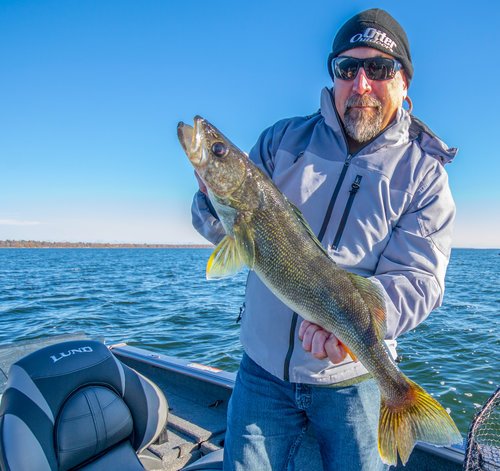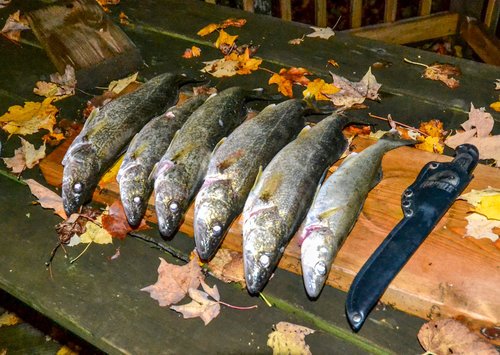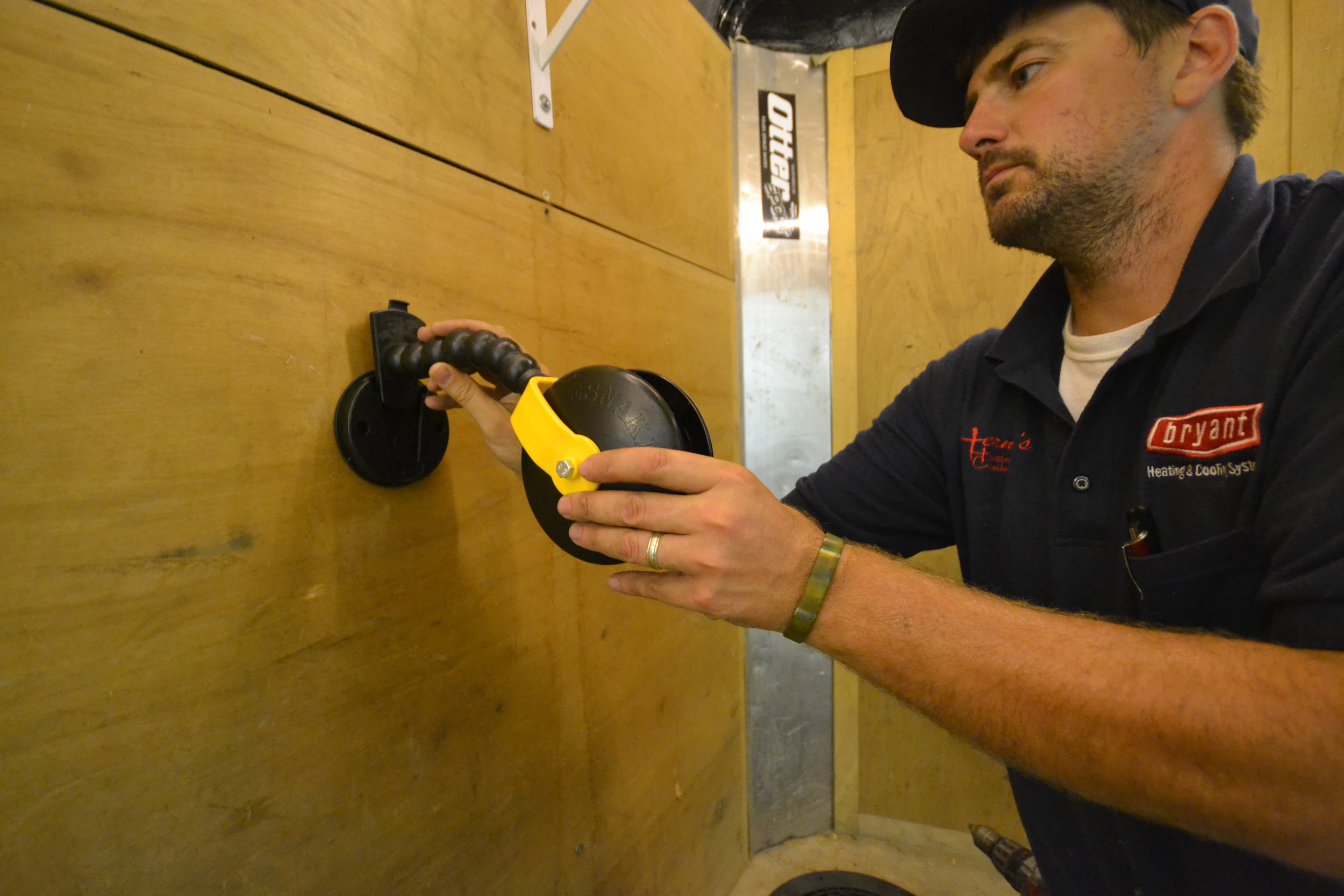Photo Credit - Matt Adddington Photography
Ice-fishing has undergone an interesting transformation in the past few years especially. As social media ice-thickness reports hit the internet by the hour, we get on ice collectively faster than we once did. A legion of mobile ice-anglers get out in their portables sooner than ever, scouring at first the shallows then pushing deep as ice permits. Yet there is a growing group of wheelhouse anglers that fish in comfort weeks and months later, waiting until the ice becomes thick enough to support both truck and drop-down trailer. No matter which group you’re in, eventually you’ll hit the lake in search of fish, and just like in school it pays to do your homework.
As ice-anglers, our mobility though better than it’s ever been, is drastically limited by the reality and need to drill a hole in ice to gather information. So why not put in the work when it’s easy? Using electronics from a boat to find fish, and more importantly find areas that will gather fish, is far easier on a 60 degree fall day than a 10 degree winter one. Yet it’s surprising to see so few anglers take advantage of the easy ice-scouting that presents itself in our fall months. In all honesty, I never stop thinking about ice, and no matter when I’m fishing during the open water months, my mind is racing to determine locations that look “fishy” from an ice-angling perspective.
Many times, these locations are consistent producers during all months, yet others are specifically good for ice and not during the bulk of the open-water period. The latter types include shallow transitions from mud to sand, or sand to rock, as well as small gravel or rock patches marooned again in shallow weeds or non-like surrounding substrates. Early ice fish push to these places, especially after sundown in clear-water systems. Spots that are no larger than a kitchen table can seem impossible to drill out and find, while they stick out like a sore thumb on a side-scan of any random shoreline.
Side-scan technology could be the number one asset to an ice-angler during this time of year, as few things hide from it, even in heavy weed cover or timber. Even if you don’t own this technology, chances are you know someone who does and you could get out for a day on the boat with them. Spend time getting to know the system in either case, and make sure to idle at the proper pace to provide the very best image you can. In general, harder bottom areas show up brighter or “whiter” and soft bottom shows up darker, and aside from timber, fish-cribs, or other sunken gems, you’re looking for any break or transition in the substrate. The more sudden that change is, often the more valuable it can be.
For the early ice angler, think first about how you access the water-bodies you like to fish. Chances are, even if you’re walking out on slick-ice that sleds and gear slide neatly over, your spots will be within a ½ mile of your access point. So focus on the areas immediately adjacent to shore that are within a half-mile ice shuffle. Shallow water usually provides the first opportunities to fish on safe ice, so don’t worry about anything more than 15 feet at first.
That’s a great starting point, but realize that eventually you may head out with an ATV, snowmobile, or other ice vehicle. As ice-thickness progresses, so too does the season and fishing locations. The first-break off of shore is now another focus area and reason for a completely separate scan. Stay within 100 feet or so of that break and complete another pass or two until you feel you both understand the variation in that break, and identify key points along it that may concentrate fish activity.
If you know you won’t be pulling your house onto the lake until vehicle traffic is safe, you’re looking at mid-winter fish locations. Off shore reefs, rock piles, or islands can be key locations to drop a wheelhouse, and are typically well-marked with many of the contour mapping options we have today. That said, the devil’s in the details, and small changes in that structure are readily visible again with side-scan technology.
The mistake many ice-anglers make at this point is marking the spot “generally.” Just because you can find the underwater point, or even the spot on the rock-pile where boulders are largest, doesn’t mean you’re located on a part of the structure that gives you the best chance for success. From experience, I can say that this kind of knowledge comes only from scanning it from a boat via multiple angles, dropping waypoints in various locations to pinpoint what you feel is the best location, then following that up on ice with underwater camera work to ensure you’re dropping down on fish.
If all of this sounds quite involved for a few fish, I would agree. That said, if you’re the kind of angler that always wonders what they’re biting like “over-there,” you can put much of that uneasiness to rest with a thorough accounting of what you’re looking at well before you drill the first hole of the season. That type of inventory is without a doubt, best done without ice on the lake.





